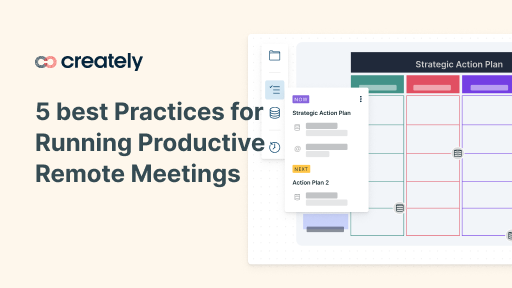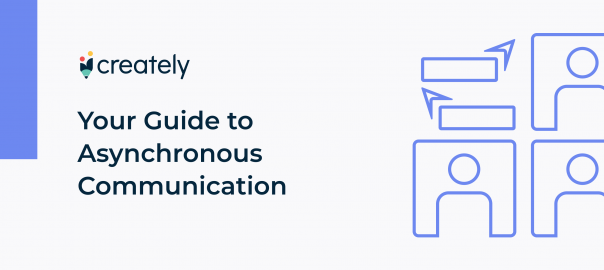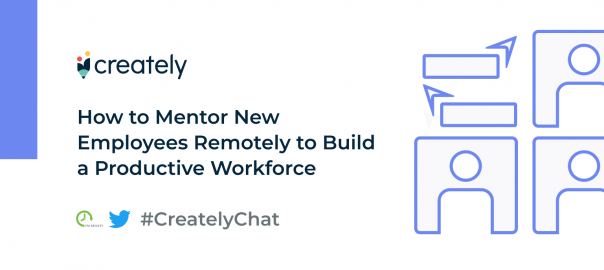Too focused on increasing employee productivity, we often forget to tend to pay attention to employee burnout. But to create a productive team, you need to keep them safe from work-related stress.
With the sudden transition to remote work caused by the COVID-19 pandemic, more employees around the world are struggling to keep a balance between their personal and professional lives. On top of working longer hours and losing track of time, there’s the added stress of adapting to working from home.
This guide is for both remote team managers and individuals working from home. Use these tips to help your employees or yourself avoid WFH burnout.
What is Employee Burnout?
What exactly is it?
HelpGuide defines burnout as “a state of emotional, physical, and mental exhaustion caused by excessive and prolonged stress. It occurs when you feel overwhelmed, emotionally drained, and unable to meet constant demands.”
Sounds familiar? Over the past couple of months, you may have experienced this one way or the other while working from home.
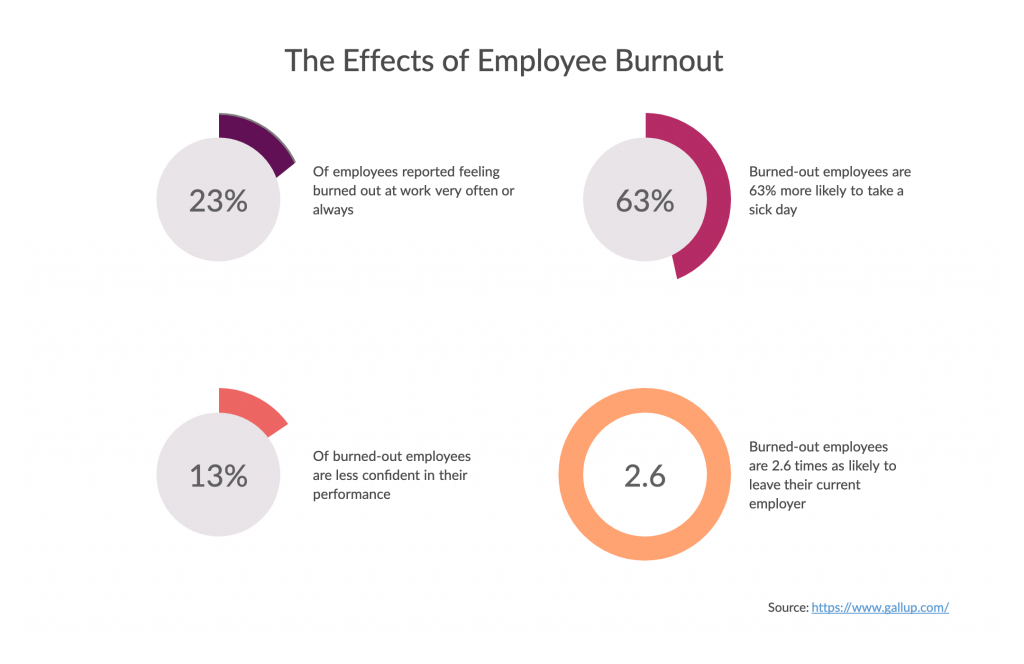
Causes for employee burnout has been identified as
- Unmanageable workload
- Lack of resources
- Strict deadlines
- Uncertain job expectations
- Work-life imbalance
- Unfair treatment at work
- Lack of communication and support from the team and managers
- Inability to maintain a balance between work and personal life
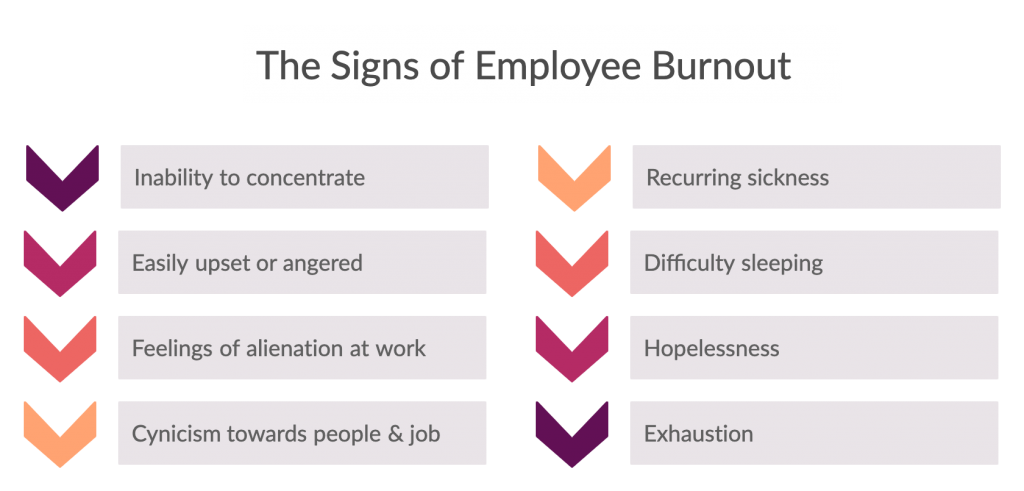
How to Avoid WFH Burnout
Heed the signs above. If you are already feeling these, you are experiencing job burnout. The following practices will help you successfully feel better, healthier, and more productive.
Create a Schedule and Follow It
Set up a schedule clarifying when and what you will be working on during the day or week.
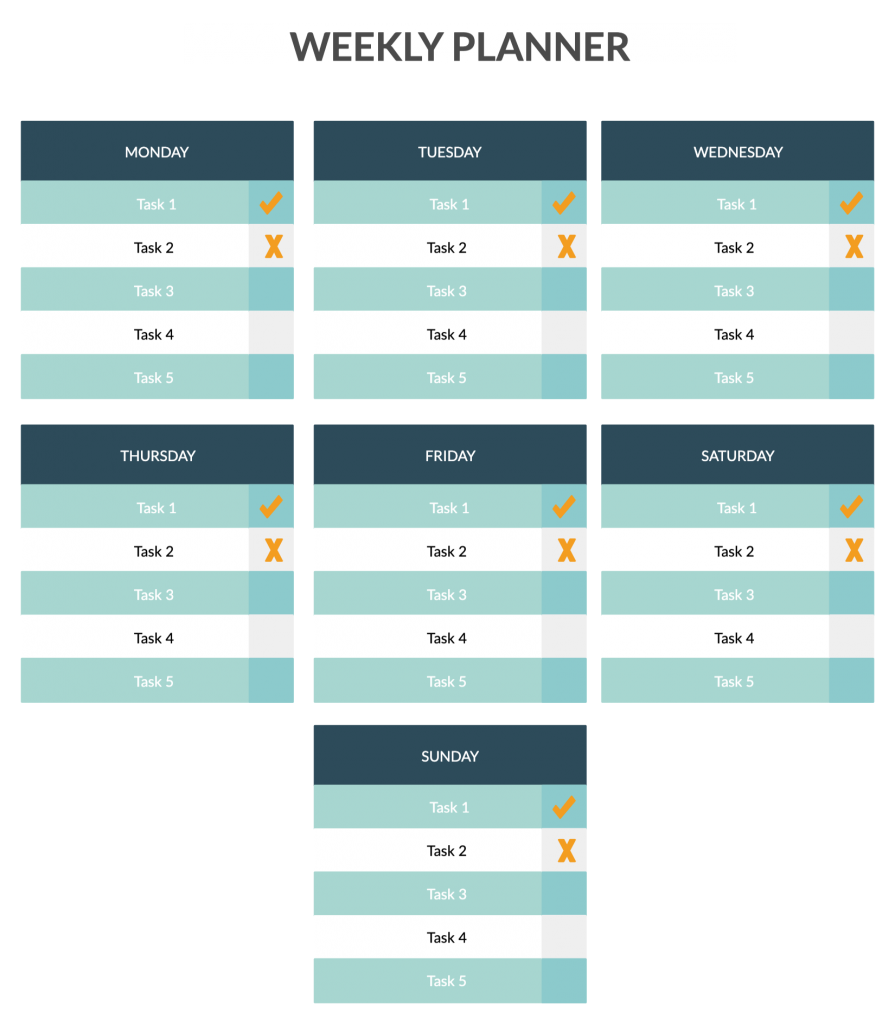
This will help you keep your focus and more importantly stop multitasking. Multitasking is basically getting distracted by different tasks, which will eventually reduce the quality of the work you do. But by sticking to a proper work schedule you can keep your focus and work more efficiently.
Plus a schedule helps effectively segregate time between work and personal life. Sometimes you tend to get distracted by household chores or social media, and other times you are too focused on work that you forget to take time off. With a schedule, you can maintain proper working hours and plan for time to relax and other non-work related activities. .
Tip: Set office hours. At the end of your working hours, snooze notifications on work-related platforms, or activate an automated response to indicate that you are away. Clarify the hours you’ll be available with your team.
Set Realistic Goals for Yourself
Discuss with your team leader if you have to, and set yourself goals that are SMART (realistic, measurable, attainable, realistic, and timely).
You can set daily, weekly or monthly goals depending on the projects you are working on. And track progress as you work towards achieving them. By doing so, by seeing yourself making real progress from the work you do, you can keep yourself motivated and driven.
Tip: Prioritize your work by working on the important tasks first. By doing so, you’ll feel more accomplished and less stressed at the end of the day or week. This will provide you the motivation you need to complete the rest of the tasks.
Have a Dedicated Workspace
Working from home comes with family members walking around, kids screaming and pets seeking attention. By setting up a dedicated space for you to work, you can set clear boundaries.
While it doesn’t have to be a home office, a proper chair and table away from the disruption of the house will help you stay focused. And at the end of the day, you can walk out of the room as if you would leave home after work.
Tip: Make sure you have the resources you need. Whether it’s a working computer or access to important project information, ensure that they are available at hand.
Talk with a Teammate or Your Manager
Feeling overwhelmed by the workload? Can’t meet deadlines? Instead of hiding the fact that you are struggling with the task at hand, let others know. They may not only offer you advice but will offer their assistance with completing the work.
And your manager or team head will help take the load off you by delegating some of the tasks you are unable to do. As they know your condition, they will continue to motivate and support you throughout time.
Find a Hobby
All work and no play makes anyone a dull person. Balance out your hours of office work with a hobby that you would find peace in. Whether it’s solving a puzzle, working out, or learning to cook, make sure that it helps you more with unwinding rather than stressing yourself out more.
Take a Break
Sometimes nothing can fix your mood than a proper break. Want to take an hour off or a day off? Take it. Spend that time taking a walk or driving to your favorite restaurant (don’t forget your mask!).
It’ll give you time to recharge yourself and start work afterward with more enthusiasm and energy.
Make sure to preplan your time-off if you are working on an urgent project and notify your teammates early on so if they have any dependencies on you, you can clear them off before your break. Or you can forward your tasks to a coworker.
Tip: The key to making it a successful break is to not think about anything work-related!
What Practices Do You Rely on to Avoid WFH Burnout?
It doesn’t take much to keep yourself from burning out at your job. With a few small adjustments to your routine, you can stimulate the energy required to be more productive at work or at home.
Got more tips that you would personally recommend to avoid employee burnout? Let us know in the comments section below.
This post is part of the Creately’s series of working from home tips and best practices. More topics include
- The Practical Guide to Working from Home as a Team
- The Essential Guide on How to Brainstorm Online
- How to Run a Productive Remote Meeting | Best Practices and Templates
- The Essential Guide to Sprint Planning with Work from Home Teams
- How to Make Working from Home Teams Collaborate Better
- The Ultimate Guide to Conducting a Successful Remote Interview
- Remote Employee Onboarding Best Practices
- 5 Powerful Collaboration Tools for Working from Home Teams
- How to Train Remote Employees | Best Practices and Tools
- A Manager’s Guide to Remote Team Management
- How to Effectively Manage a Project Remotely

